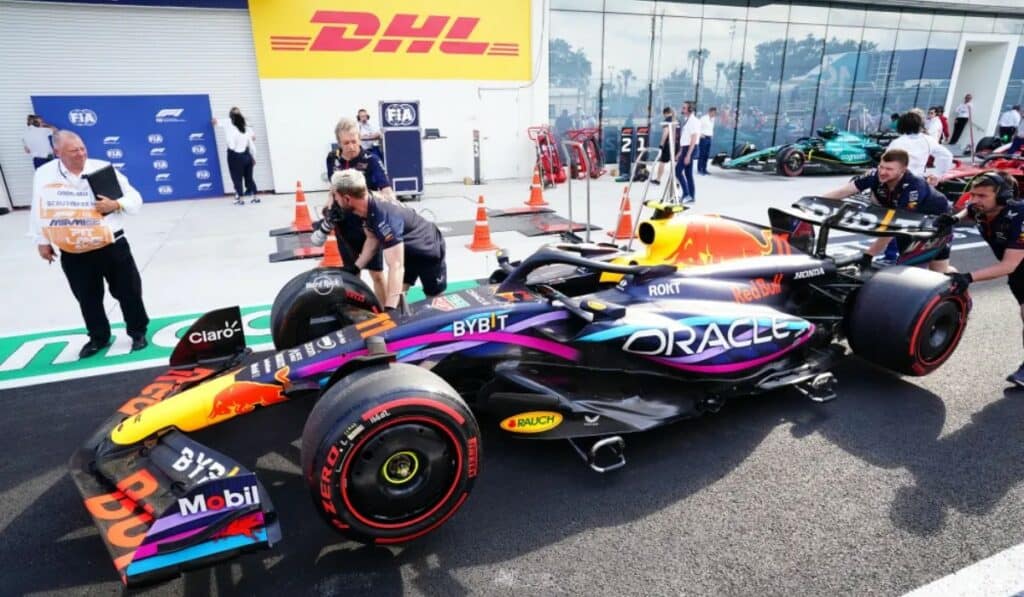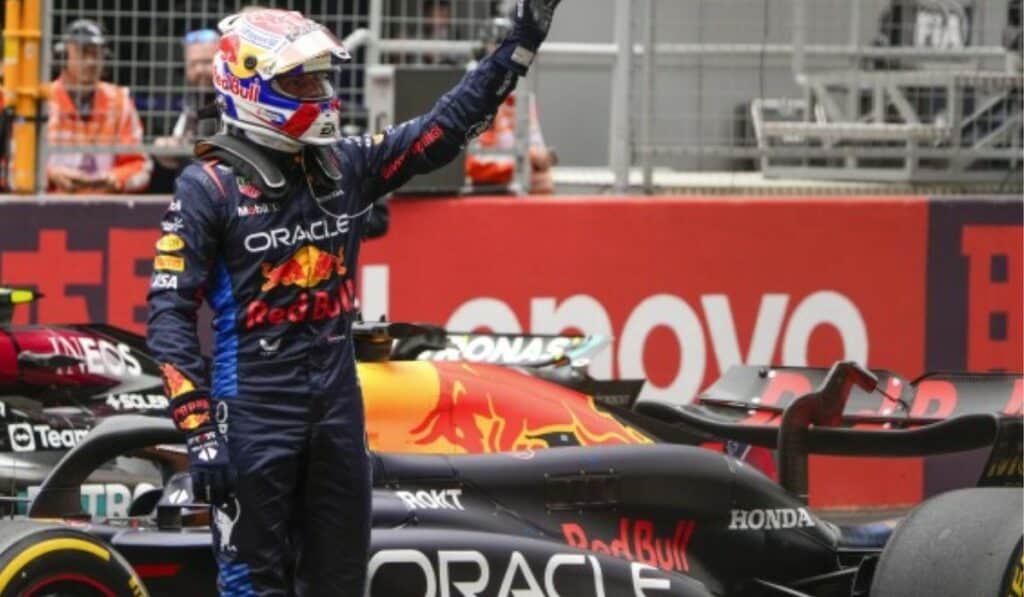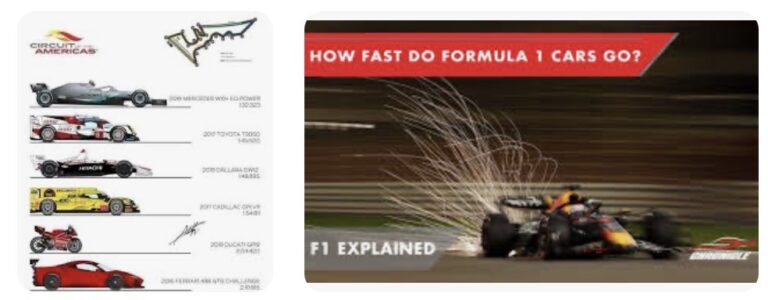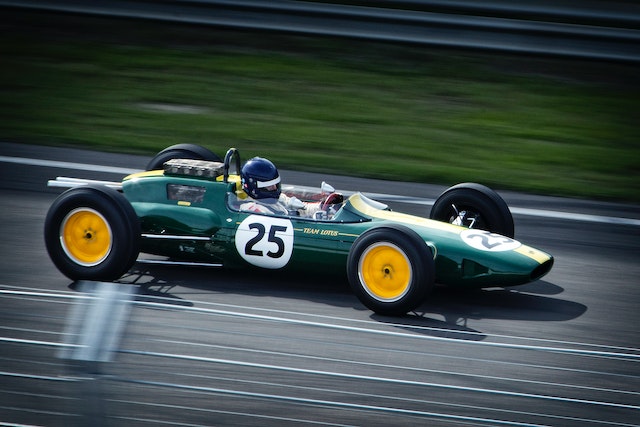F1 Sprint Time and F1 Sprint Qualifying: Everything You Need to Know
Formula 1 is constantly evolving, and one of the most exciting additions to the sport in recent years has been the F1 Sprint race format. Whether you’re a die-hard fan or a casual viewer, understanding how F1 Sprint time and F1 Sprint qualifying work is crucial to fully appreciating the spectacle. In this article, we’ll break down the key elements of the F1 Sprint format, how the qualifying session fits into it, and what it means for teams, drivers, and fans alike.
What is F1 Sprint?
Before diving into the specifics of Sprint time and qualifying, let’s start with the basics. The F1 Sprint is a shorter, fast-paced race that takes place on the Saturday of a Grand Prix weekend. This format was introduced in 2021 to add more excitement and unpredictability to the event. The F1 Sprint is a 100-kilometer race, roughly 30 minutes long, which sets the grid for Sunday’s main race.
Unlike the traditional qualifying session, where drivers compete for pole position, the F1 Sprint determines the starting grid based on the results of a separate qualifying event held on Friday.
Why Was the F1 Sprint Introduced?
The main goal of the F1 Sprint was to increase the entertainment factor of a race weekend by offering fans more on-track action. Typically, Formula 1 weekends are split into three days: Friday for practice, Saturday for qualifying, and Sunday for the main race. By introducing a Sprint race on Saturday, the aim was to create a more dynamic experience, with more action on track and additional strategic elements.

F1 Sprint Qualifying: The Key to Saturday’s Sprint Race
Now that we have an understanding of the F1 Sprint race, let’s talk about F1 Sprint qualifying, which is a crucial part of the Sprint weekend.
What is F1 Sprint Qualifying?
F1 Sprint qualifying is a traditional qualifying session held on Friday to determine the grid for Saturday’s Sprint race. This qualifying session follows the regular format of a typical F1 qualifying session: three parts, Q1, Q2, and Q3, where drivers aim to post the fastest times to secure their positions.
However, unlike regular qualifying, the order from the Sprint qualifying session doesn’t set the grid for the main race. Instead, it determines the starting positions for the Sprint race itself, which, as mentioned, takes place on Saturday. The result of the Sprint race will then determine the starting grid for Sunday’s main event.
How Does F1 Sprint Qualifying Work?
Let’s break down the format of the Sprint qualifying session:
- Q1: The First Round: The weekend begins with the usual Q1 session, where all 20 drivers have 18 minutes to post their best lap time. The five slowest drivers are eliminated after this session, leaving 15 to move on to the next round.
- Q2: The Second Round: Q2 follows, and this session lasts 15 minutes. The drivers now compete for the best times once again, but this time only the 10 fastest drivers advance to the final round. At the end of Q2, the five drivers are eliminated.
- Q3: The Final Showdown: Finally, in Q3, the top 10 drivers battle it out for the pole position for the Sprint race. The session lasts 12 minutes, with each driver aiming for the fastest time to earn the best possible starting position for the Sprint.
At the end of Q3, the drivers are ranked from 1st to 10th based on their fastest lap times, and this order will determine the grid for the Sprint race on Saturday.

The Impact of F1 Sprint on Race Weekend Strategy
The introduction of the F1 Sprint format has added a new layer of strategy to the weekend. Here’s how:
Qualifying vs Sprint Race
In traditional Formula 1 weekends, the qualifying session on Saturday directly impacts the starting grid for the main race on Sunday. But in the case of F1 Sprint weekends, the Sprint qualifying session (on Friday) determines the order for the Sprint race (on Saturday), and the result of the Sprint race sets the grid for Sunday’s main event.
This means that teams need to consider both qualifying and Sprint race results when planning their strategy for the entire weekend. The pressure is on to perform in both sessions, and some drivers may even take different approaches to the Sprint race, knowing that the result will directly impact their Sunday performance.
Tire Management
Another key factor that has changed with the F1 Sprint format is tire management. Since the Sprint race is shorter and less physically demanding than the main race, teams often choose to use softer tires to maximize performance in the Sprint. However, there’s also the consideration of tire wear and the need to manage them for the following day’s Grand Prix.
Teams will need to make crucial decisions about tire strategy, considering that they have limited tire sets available throughout the weekend. The choice of tire compounds and how they are used in the Sprint race could play a significant role in how teams approach Sunday’s main race.
Key Takeaways: How F1 Sprint Time and Qualifying Work Together
- F1 Sprint race is a 100-kilometer race that happens on Saturday and determines the grid for Sunday’s main race.
- F1 Sprint qualifying is a traditional qualifying session held on Friday that sets the grid for the Sprint race.
- The Sprint qualifying session uses the same format as regular F1 qualifying (Q1, Q2, Q3), with the top 10 drivers securing positions for the Sprint race.
- The outcome of the Sprint race directly determines the starting grid for the Grand Prix, adding more excitement and unpredictability to the weekend.
- Teams need to balance performance in both qualifying and the Sprint race to optimize their position for the main race.

The Exciting Impact of F1 Sprint and Sprint Qualifying
The introduction of F1 Sprint and Sprint qualifying has added a new layer of excitement to Formula 1 race weekends. With a shorter, action-packed race on Saturday and a qualifying session that sets the grid for the Sprint, it’s clear that strategy and performance have become more crucial than ever. Whether you’re a fan looking for more action or a team plotting the best weekend strategy, understanding F1 Sprint time and qualifying is key to enjoying this new format.
FAQs
How does the F1 Sprint impact the main race on Sunday?
The F1 Sprint race determines the grid for the main race. A good result in the Sprint race can give a driver a better starting position for Sunday’s Grand Prix, potentially giving them a competitive advantage.
Is the F1 Sprint a full race?
No, the F1 Sprint is a shorter race (100 kilometers or around 30 minutes). It’s not as long or as physically demanding as the main race on Sunday.
Do drivers have to use different tires for the Sprint race?
While there are no mandatory tire regulations for the Sprint race, teams often choose softer tire compounds for the faster performance in the shorter race. Tire strategy plays a crucial role in the overall weekend performance.
How does F1 Sprint qualifying differ from traditional qualifying?
F1 Sprint qualifying determines the starting grid for the Sprint race, while traditional qualifying sets the grid for the main race on Sunday. The format of the session itself (Q1, Q2, Q3) remains the same.







